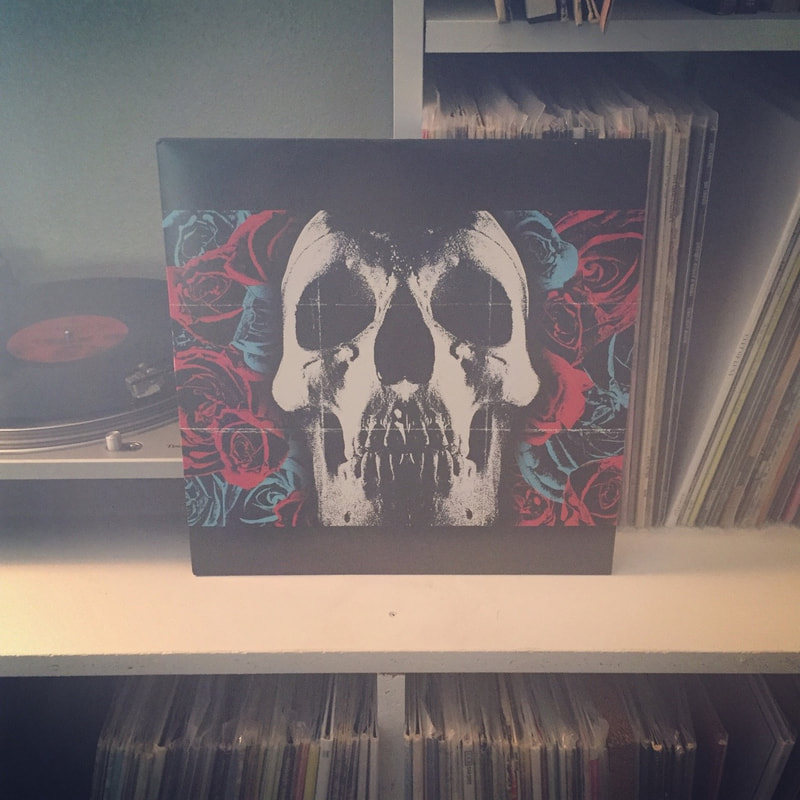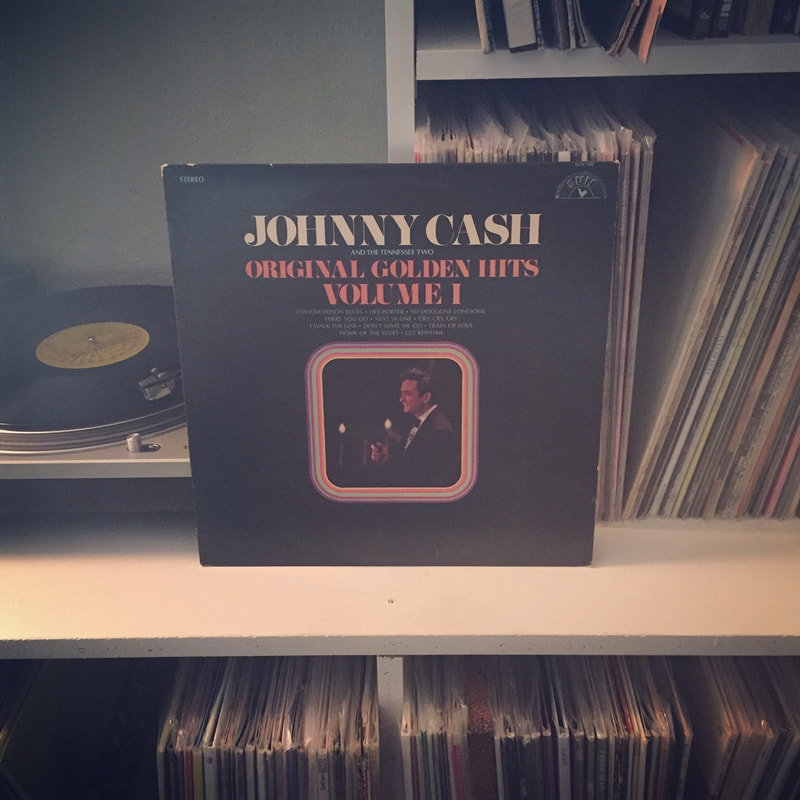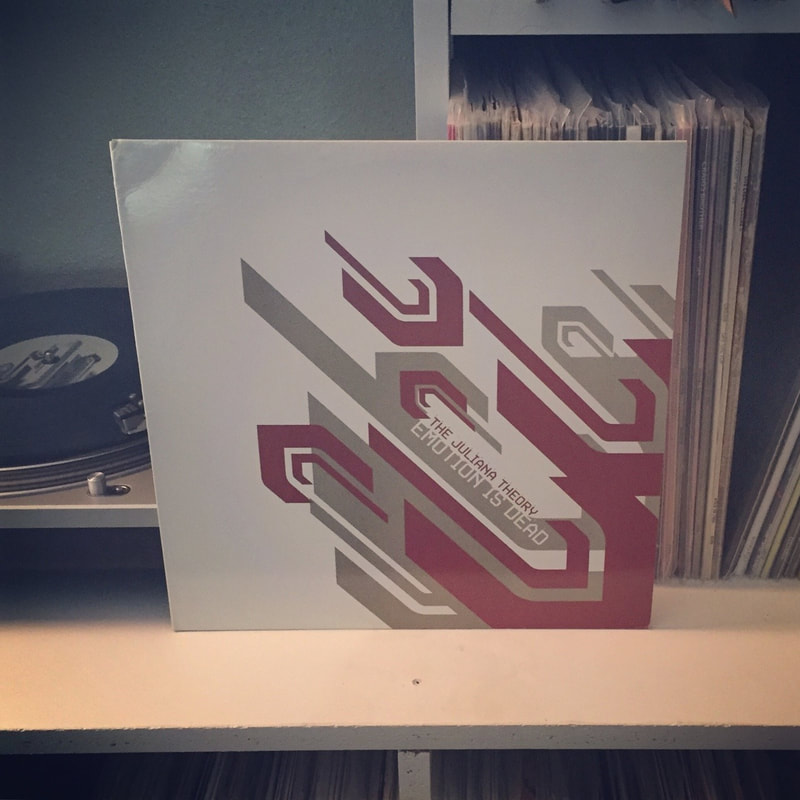And while it’s true that Fleet Foxes themselves have never received much mainstream recognition, their acolytes certainly did. Their folk pop debut LP, with its particular palette of acoustic instruments, thick harmonies, and breakneck strumming patterns, opened wide the gates for all the Mumfords, Lumineers, Monsters, Men, and Magnetic Zeros that would follow the Foxes’ map right into top 40 radio stations and car commercials.
But Fleet Foxes were not satisfied to float on the rising deluge of their copycats. Instead, their sophomore outing found them turning inward. Anyone looking for anything as bouncing and immediate as “White Winter Hymnal” was sorely disappointed. Rather, the tracklist was filled with ominous baroque opuses. Songs took unexpected twists and turns, ending up in very different places than they started (see: the eleven minute “The Shrine/An Argument,” “Helplessness Blues”). If Fleet Foxes was the sound of vagrants playing guitar in the woods, Helplessness Blues was the chants of a group of prophets standing on the ocean’s edge forecasting the end of days.
And yet, Helplessness Blues seems almost poppy compared to Crack-Up.
In the six years since Helplessness Blues, the promised apocalypse came. And Fleet Foxes is right in the middle of it.
This album is less Helplessness Blues’ chameleon than a cuttlefish. Helplessness Blues’ colors shifted, but slowly. Crack-Up is a constant flash of transforming hues.
Keys change between lines of a verse. Choruses appear once and are contorted on their coda. Tracks fade between eachother without stopping to breathe. Which sometimes makes it confusing, as many of the tracks play like many songs played as a medley.
This is far and away the most ambitious thing Fleet Foxes or any of their contemporaries have done. This is the headier moments of their previous albums stretched into a full-length.
When their debut landed on us, I often described Fleet Foxes as “folksy Beach Boys.” If their self-titled was Pet Sounds, this is their Smile. An album that features all the same colors, but arranged in a massive baroque pop suite that is as inviting as it is impenetrable.
*(yes–Fleet Foxes’ first EP was released eleven years ago)









